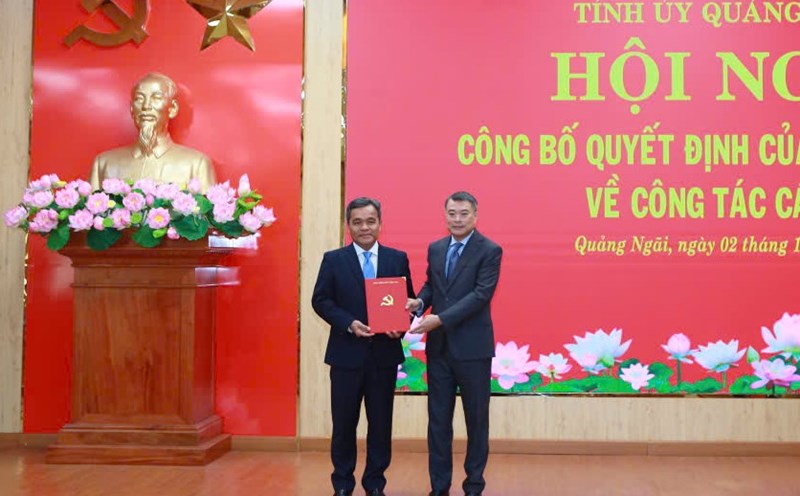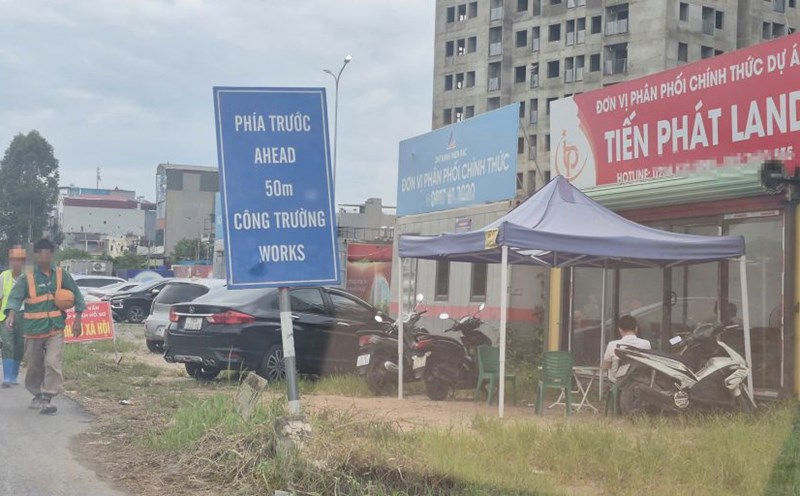Enterprises face pressure from the US, EU and logistics costs
Mr. Nguyen Huu Nam - Deputy Director of the Vietnam Federation of Commerce and Industry (VCCI) - Ho Chi Minh City Branch said that the current general context makes it difficult for both domestic and FDI enterprises. In the first half of September alone, exports fell by over 3% due to the impact of US countervailing tariffs. The EU also called for trade balance, after Vietnam enjoyed a large surplus from EVFTA.
"Enterprises will face great pressure if they do not change their strategies in time, because alternative markets such as the Middle East, South America or Africa are not large enough to compensate" - Mr. Nam said.
In addition, the merger of ministries, branches and local governments has caused data disconnection and complicated administrative procedures. Changing business addresses requires many levels and takes a lot of time. Mr. Nam emphasized that businesses only need State support in two core factors including substantial administrative reform, moving towards data connectivity; reducing logistics costs, which account for over 15% of cost. This will be a key solution to help improve competitiveness.
From the perspective of the industry, Mr. Phung Quoc Man - Chairman of the Ho Chi Minh City Wood Art and Processing Association said that in the first 8 months of the year, wood exports reached 11.1 billion USD, up 6.5%. The wood industry must proactively diversify the market, reduce dependence on the US, and increase export value by switching to the ODM model associated with the design.
Exploiting cross-border e-commerce and increasing the proportion of interior products instead of low-value items (compressors, wood chips, wood sticks) will help the Vietnamese wood industry stand firm in the face of global fluctuations.
Diversifying markets, removing policy barriers
Ms. Nguyen Cam Trang - Deputy Director of the Import-Export Department (Ministry of Industry and Trade) said that in the first 9 months of 2025, export turnover increased by over 15%, far exceeding the target of 12%. This result was achieved thanks to businesses boosting exports to the US in previous months, although the end of August and September recorded a slowdown in some items.
If there is no big shock, the whole year export growth target is completely feasible, making an important contribution to the economy, Ms. Trang affirmed.
According to Ms. Trang, for sustainable growth, it is necessary to synchronize both supply, demand and export organization, in which economic diplomacy plays a key role. The Ministry of Industry and Trade and the Ministry of Foreign Affairs have coordinated to promote trade agreements and expand them to potential markets such as the Middle East and the Gulf region. However, the problem of the origin rule is still a major obstacle. Vietnam hopes that upcoming negotiations with ASEAN - Canada can create a more flexible cumulative mechanism, helping businesses take advantage of diverse raw materials.
For the US market alone, the issue of goods transit has not been clearly defined, while there is still a risk of applying a counterpart tax of 20-40%. This requires early issuance of specific instructions for businesses to proactively plan production to avoid falling into a passive position.
Along with opening the market, Ms. Trang emphasized that institutional reform is a top priority. Resolutions 66 and 68/2025 are being implemented in a practical direction, with a mechanism for receiving and handling reports of legal problems. Ministries and branches must review and revise overlapping or inadequate regulations, and even amend laws if necessary. This is an important driving force to support businesses.
Another bright spot is that Vietnam is increasingly becoming a reliable destination in the trend of restructuring the global supply chain. However, to take advantage of this opportunity, it is necessary to resolve the "bottlenecks" in logistics costs, infrastructure and high-quality human resources.











